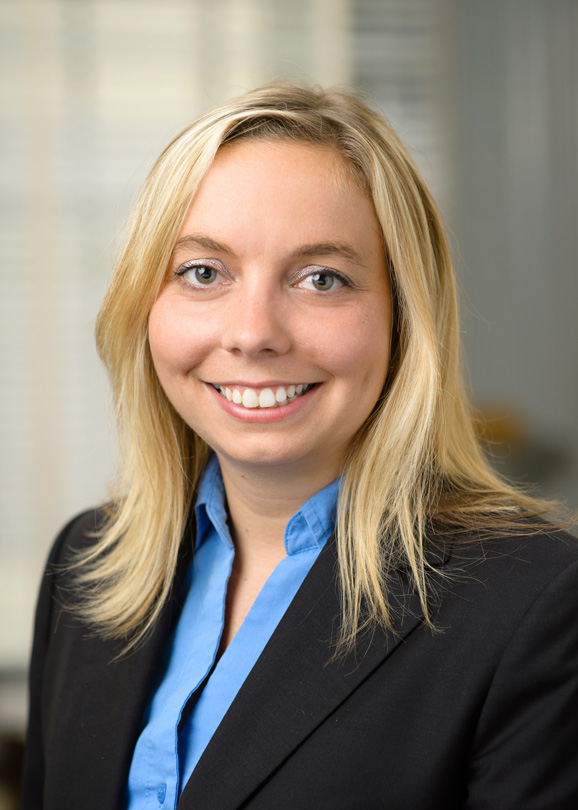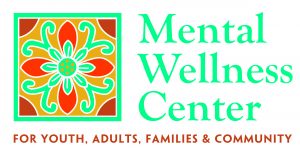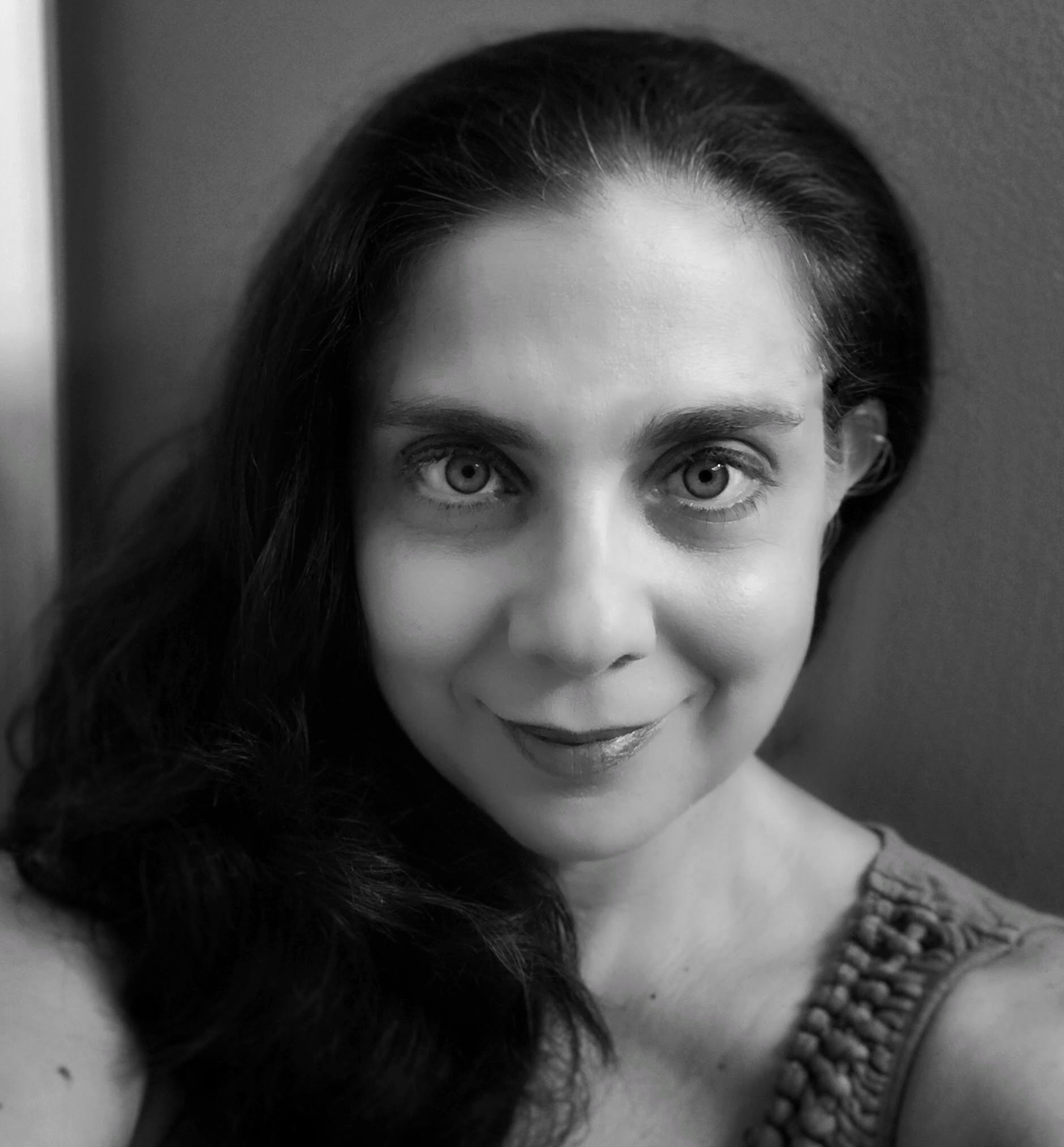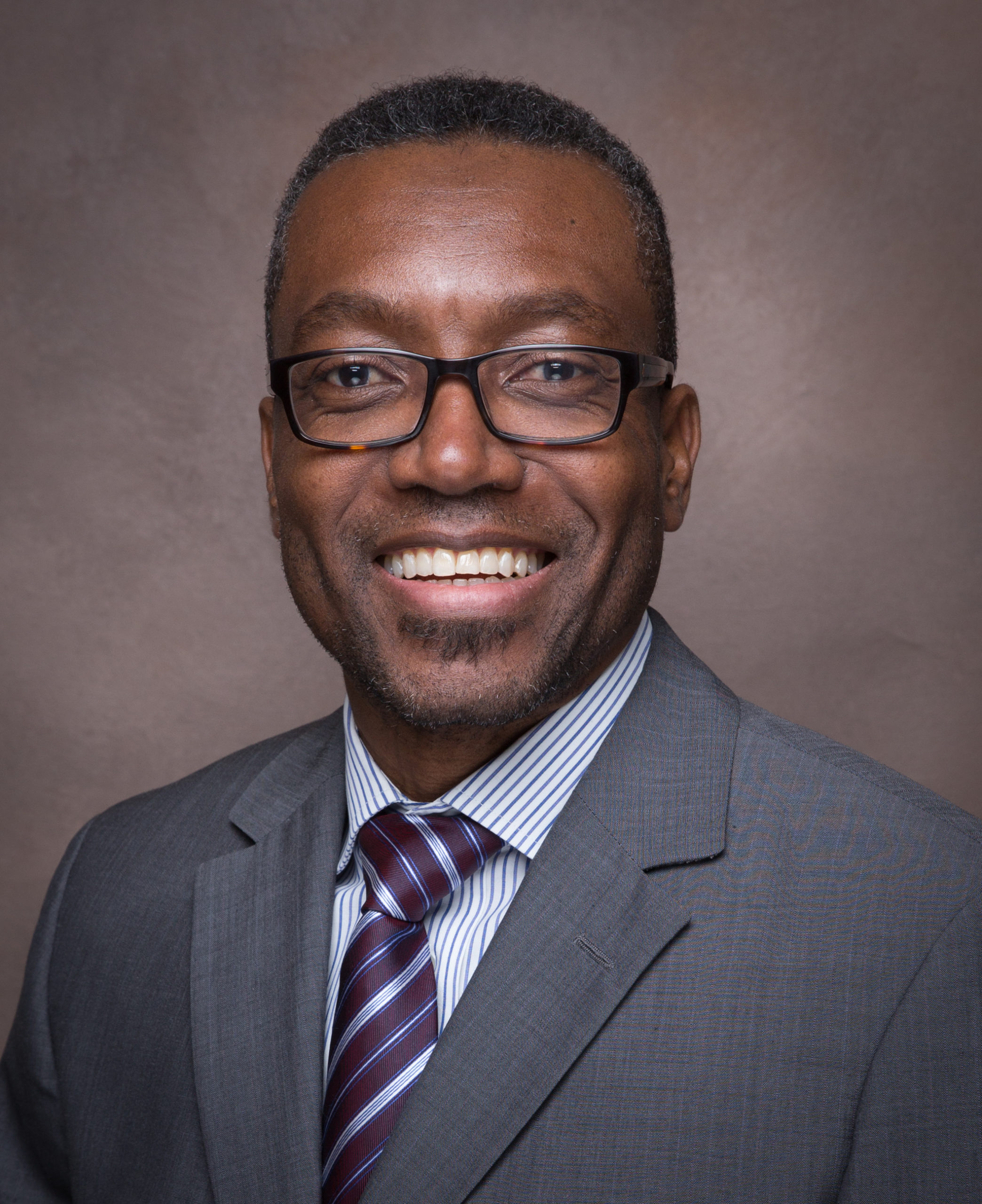Get Involved

 Become a Thought Partner
Become a Thought Partner
Partner with us to produce thought leadership that moves the needle on behavioral healthcare.
 Other options to get involved
Other options to get involved

Thank you!
We received your information and will be in contact soon!
Get Involved

 Grantmaking
Grantmaking
We fund organizations and projects which disrupt our current behavioral health space and create impact at the individual, organizational, and societal levels.
 Participatory Funds
Participatory Funds
Our participatory funds alter traditional grantmaking by shifting power
to impacted communities to direct resources and make funding decisions.
 Special Grant Programs
Special Grant Programs
We build public and private partnerships to administer grant dollars toward targeted programs.
 Program Related Investments
Program Related Investments
We provide funds at below-market interest rates that can be particularly useful to start, grow, or sustain a program, or when results cannot be achieved with grant dollars alone.
Get Involved

 Tia Burroughs Clayton, MSS
Tia Burroughs Clayton, MSS
Learning and Community Impact Consultant
Add some text here
 Alyson Ferguson, MPH
Alyson Ferguson, MPH
Chief Operating Officer
Contact Alyson about grantmaking, program related investments, and the paper series.
 Samantha Matlin, PhD
Samantha Matlin, PhD
Senior Learning & Community Impact Consultant
Contact Samantha about program planning and evaluation consulting services.
 Caitlin O'Brien, MPH
Caitlin O'Brien, MPH
Director of Learning & Community Impact
Contact Caitlin about the Community Fund for Immigrant Wellness, the Annual Innovation Award, and trauma-informed programming.
 Joe Pyle, MA
Joe Pyle, MA
President
Contact Joe about partnership opportunities, thought leadership, and the Foundation’s property.
 Bridget Talone, MFA
Bridget Talone, MFA
Grants Manager for Learning and Community Impact
Add some text here
Mental Wellness Center

Program Website
Year:
2018State:
CaliforniaWinner Status:
ApplicantProgram Type:
Counseling and SupportTarget Population:
Children and AdolescentsSetting:
School/CollegeProgram Description
Our program empowers high-school students to ask questions and find answers regarding personal mental health using peer support and by practicing resource navigation with the guidance of knowledgeable adults. This year, we have four Youth Wellness Connection Clubs based at each of our local public high schools. Our program is structured and addresses important, relevant issues; uses social connections to advance learning; and harnesses peer support and the key strengths of our youth to become engaged in their mental healthcare. Each club has its own student leaders, and all students across the campus are encouraged to participate in events that increase awareness of such issues as academic stress, bullying, sexual violence, suicide prevention, and achieving wellness. The high-school clubs are unified through the Youth Wellness Connection Council, which consists of leaders from each of the four clubs and provides the leaders with skills and knowledge training through monthly meetings. The council acts as a liaison for the community’s Student Mental Wellness Coalition and as a voice for youth in mental health presentations. Student leaders make a two-year commitment, for which they are reimbursed with either an award of community-service hours or a stipend.
Creativity
This program is based on a popular Wellness Connection Program already established at our local community college (for young adults). It is a natural extension of our community-based and personal approach to mental health. The originality, ingenuity, and resourcefulness in addressing social components of mental health stem from two, converging elements that consider the audience: the importance of imparting mental health tools to teenagers when they developmentally need and could benefit from them the most; and a social program design that is attractive to teens. Based on these, an effective, primary intervention for high-school students’ mental health has been created that can be life changing. The program is elegant in its simplicity. Its operational structure allows it to be highly effective, internally sustainable, and easily replicated. Yet sufficient opportunity exists to allow students to voice their own needs and ideas and interact with adults and community providers.
Leadership
This program is led by our Chief Executive Officer, Annmarie Cameron, and a passionate and committed community member advocating for better mental health services who is also a business owner and mother, Rachael Steidl. Both women have set a well-defined, replicable, and sustainable model for the program and can articulate not just the immediate goals of the program itself but how it fits into a larger community continuum model of healthcare, one that begins with schools as a primary support of good health and continues through secondary- and tertiary-level supports. In addition, the program has established a clear channel in which the voices of the high-school students and their parents are heard. This is accomplished in part through the activities of the Youth Wellness Connection Council and is important in maintaining a culturally sensitive framework for the program.
Sustainability
The established Wellness Connection Program at the community college provided the model upon which our program is based and its director and the college students provide advice and collaboration for the version for younger people. The Mental Wellness Center has a strong interest in expanding youth mental health, and its supporters are a part of this effort, helping with financial and human resources. In addition, a community-wide Student Mental Wellness Coalition, made up of all the organizations and resources that touch on young people’s lives, has a similarly vested interest in this program as it is uniquely serving high-school students’ needs for baseline mental health information. The program was chosen to be a part of a year-end giving initiative (along with other innovative programs). A collaboration between a local newspaper and social justice foundation made the initiative possible. Funding raised for our project will help to build its capacity.
Replicability
This program is highly replicable because its structure is well defined yet has sufficient leeway for flexibility. It can be transferred for use to other localities, by other organizations. Operationally speaking, a selection process, along with requirements, are made of potential student leaders for the Youth Wellness Connection Clubs. The student leaders that are selected make a two-year commitment: the first year involves developing knowledge and personal skills, while the second year involves mentoring new student leaders – which extends the learning process. The student leaders are reimbursed for their commitment through community service hours or a stipend. The Youth Wellness Connection Council unifies the clubs through the student leaders and provides opportunities for them to have a voice in their wellness through presentations and – in our case – a community coalition for student wellness.
Results/Outcomes
This is the first year in which the program will include a club based at each of four, public high schools in our geographic area of southern Santa Barbara County. What we expect to see will reflect our early findings from the pilot project at one of the high schools (San Marcos High School). *We expect to see a public attitude shift in schools toward discussing mental health in a proactive manner. *We expect that students will learn language that elicits – and gives – help through cooperation. *We expect that students, staff, and families will learn how to navigate local resources and advocate for unmet/undermet needs. *We expect that young people will learn that mental health is an important part of overall wellness and that it must be and can be stewarded carefully over the course of life.











